Placement of Dental Implants
The duration of the dental implant procedures can last anywhere from 30 minutes to several hours depending on the number of teeth being replaced. Since the needs of each individual patient differ, Dr. Howard and Andrus will discuss the time frame you can expect for your procedure during your consultation prior to the procedure.
Here a Longmont Oral, Facial and Implant Surgery, we will make sure you are comfortable before the procedure begins. Sedation can be given through your vein (IV) or by inhaling nitrous oxide (laughing gas). The pros and cons of each, along with your personal preferences, will be discussed at your consultation. Once sedated, a local numbing medication will be injected into the area where the dental implant will be placed.
Once you are comfortably sedated, Dr. Howard or Dr. Andrus will make a small incision in the gum tissue to expose the jawbone. Using specific instruments, the titanium post of the implant will be securely anchored into the bone. Now the healing and bonding process can begin. For more on dental implants, click here.
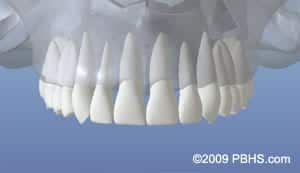
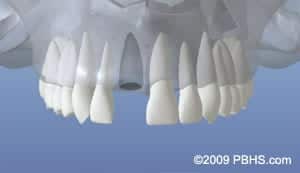
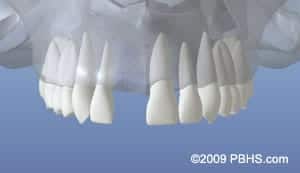
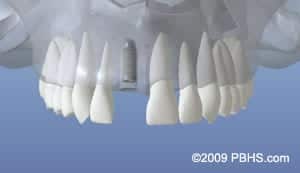
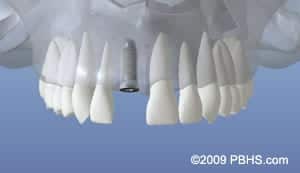
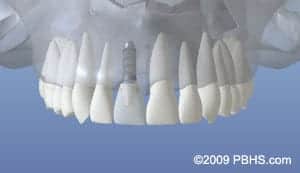
Healing and Bonding Stage
Once the implant is inserted into the jawbone, the bone and tissues around it will begin to heal and bond to the post. This process is what makes dental implants the most comfortable and secure tooth replacement option available. The post essentially becomes part of the jaw securing the replacement tooth in ways other options cannot. The time needed to bond and heal will vary among individuals but Drs. Howard and Andrus can give you an estimated time frame at your initial consultation.
Follow Up Visits
During the healing phase, you will have several follow up visits to ensure things are going as expected. Typically, an abutment or cap is placed on top of the implant post during your first follow-up visit. This provides access to the implant while still encouraging normal gum tissue to grow around the implant post.
Placing the Crown
Before or at the time the implant is inserted, an impression for a crown (the visible part of the replacement tooth) is often made. This allows time for a crown to be created that will match and seamlessly fit in around your other natural teeth.


